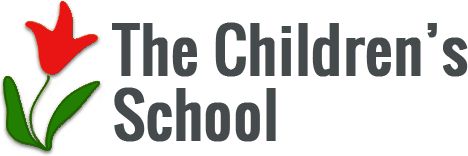By Cindy Finch
The signs are here: the North End is turning green again, flowers are blooming, “spring sing” is approaching, and next year’s enrollment is mostly complete. Our school auction is very soon. Book Fair reward books have been ordered. Summer classes are filling. We’re starting to talk about making root beer and ice cream for our end of year class celebrations. Are we finishing with this school year? While it is tempting to say yes, I have to say, honestly, there is more to come before we say goodbye to this tremendous year.
Each part of the school year is important and makes a different contribution to a child’s education. In a school that values giving children time and space to explore raw materials, real experiences, and relationships (which lead to learning), we appreciate each season of the school year for what it provides for children—and what children become able to contribute to their class. A burst of development or understanding in one child can influence an entire classroom. An experience at home can shape and redirect curriculum in a positive way. Excitement in one child about a new skill or idea can inspire others to try something new or think about something differently.
After the recent spring break week and the weather change, teacher after teacher talked, with respect and amazement, about how children returned to school. Their comments can be sorted into two categories. The first is about children who made a developmental leap in, for example, writing or socially connecting or showing independence in a self-help skill. The second is about children who had some sort of experience, from family visits to skiing to travels, that, when shared, captured the interests of other children. As one teacher put it, “My teacher plans are on the counter, but children come through the door with so much to share and process within their peer group that I am adapting my plans on the spot every day.”
If this doesn’t sound like school the way you know it—it may not be. I certainly don’t remember being as excited about school as TCS children appear to be on a daily basis. I don’t remember my ideas or my experiences influencing class discussions, curriculum, and coursework—until, maybe, college classes at a liberal arts college.
So, why structure classes for young children this way? Is excitement enough? Are they learning all they should be—given how important the early childhood years are in education? Here’s what I think—children can learn in different ways. We can tell them what they need to know, have them repeat it back, and call it learned. We can isolate every skill, break them into small pieces, take children through sequential instruction, and call it learned. Certainly every educational setting has some of that, and TCS is no exception. However, when we assess children’s experiences, excitement, and interests to help in building curriculum we are connecting children to the process of learning in a much more personal and meaningful way. And when children—or any of us for that matter—are connected to learning in personal and meaningful ways we are feeding not only intellectual growth, but growth of the whole person: physical, emotional, social, creative, and cognitive. When the knowing part of learning is combined with feeling or experiencing in some way, it becomes so much powerful and enduring.
It is significant to me that growth and understanding for some children was noticeable after a break in our routine. What a good reminder that sometimes the best ideas or problem solving happens, for me, in the middle of the night or on an airplane ride alone—time when pressures and immediacy are absent. How hard it has become for schools and families, sometimes, to give children time to, as another teacher said, “. . . sit back and consolidate what they’ve experienced and then take that next step.” If we believe that learning happens through a combination of “instruction” (experiences planned by teachers/parents) and development (the internal process of maturing, making sense of experiences, coming to understand differently) then teachers plan the school day with that in mind, schools plan the school year considering that, and families shape non-school times (the rest of each 24 hours, 7 days, and 12 months) with an eye on the whole picture of a child’s life.
